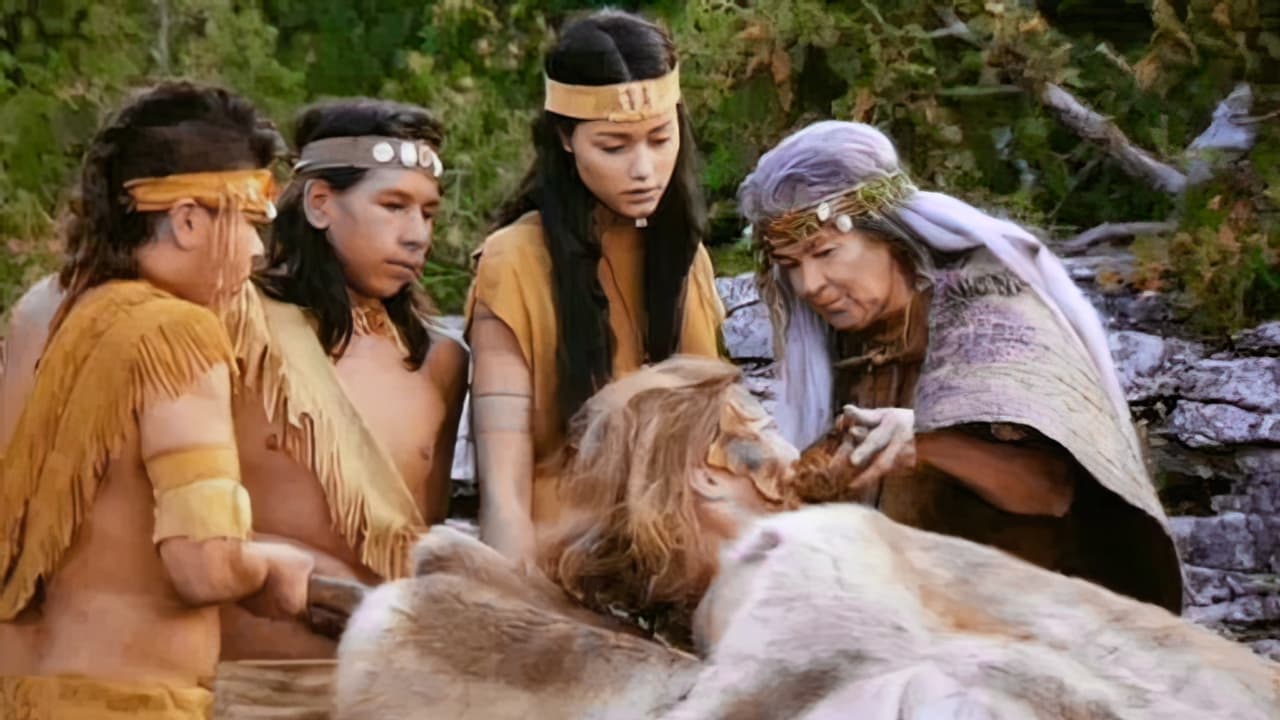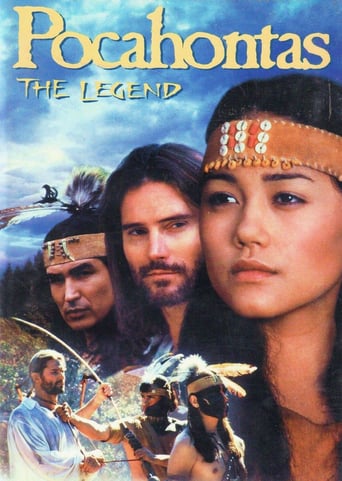

The film wants to be a documentary of some sort, a reconstruction of the legend, maybe the truth behind the legend. At least it wants that legend to be realistic, and there is a lot to do to make it realistic.The film insists on the conflicts of interests within the English camp with a nobleman Sir Edwin Wingfield among them. He is doing nothing, except looking for trouble with John Smith, plotting in all possible ways. This aristocratic stance is criticized though at the time it must have been a lot less ridiculed, and a lot more feared. The film is not clear about why this young nobleman is on the crew. John Smith insinuates he must have been banned by his own father and this Wingfield is shown as ambiguous in his attitudes towards young boys and teenagers. But that's only innuendo.Along that line the exclusively male context of the mission is clearly visible with situations that can be seen as strange like the dances and the singing at night to spend time. But once again that level is not developed and that is a shame, though this film pushes the relation between Pocahontas and John Smith a lot further than brother and sister, and yet not far enough to produce any progeny. That open innuendo at sex is in the line of men being men they will always find a way to satisfy their desires. But it is definitely not dealt with in any clear terms for most of these men.On the other hand the Indians are described in a more realistic and more credible way. They have music and they sing. They dance too. They even make love, at least Powhatan does. They have entertainments and games. But they also have a lot of political discussions and conflicts. They are a normal human society with rivalries of all types, especially between Powhatan and his brother, between Pocahontas and her cousin. This makes the film more acceptable since decisions have to be taken and they are taken along realistic lines with realistic arguments.But that leads to compromises and there the film introduces a twist. Instead of sending John Smith back to England to have some bad burns cured and healed, he is sent back to England by Powhatan's own decision: we can have peace with you, Englishmen, but John Smith has to leave.Then the film starts with Pocahontas seeing the English ship arriving and ends with Pocahontas seeing the ship sailing away. An elliptical construction that makes John Smith secondary, in chains when arriving and banned when leaving.Of course the difficulties of the settlement are far from clearly described. Apart from some kind of fever killing some men, apart from the Indians killing some others, the film does not show at all how these men could survive. They build a fort whose name is not Jamestown but Fort James, but they do not cultivate anything, they do not buy food from the Indians and at the most they beg for medicine. In other words they cannot even survive one month. On the other side the Indians are not really shown has having any kind of economy, no fields, no Indian corn, no hunting really. Once again how can these men survive? The only instance of some kind of survival activity is hinted at on both sides when we are shown on both sides some kind of small animals, probably birds, being roasted on a spin over a fire. But that is slightly short about the necessities of life.In other words this rewriting of the legend keeps the legend intact in many ways and it is nothing but a legend. No real concrete conditions and hardships are shown in a complete and constructive way. We can even wonder why the English have canoes to go up the river at the very beginning of their presence. How did they learn how to make them? Or did they trade them from the Indians? Two fundamental questions are not answered. The first one is the simple credibility there is in a tale that brings an exclusively male group in a foreign country and the simple reproductive instinct is not taken into account. The second is the livelihood that requires some simple daily activities like hunting, agriculture, fishing, and going up and down the rivers. And these activities all imply constructive relations with the natives, exchanges, some kind of commercial or bartering activities. The film speaks of presents a lot but not of commercial exchanges and that is not realistic especially since these people are not sent by the King of England, but by some kind of private chartered company that has one objective: to make a profit, hence to bring some goods back that will generate that profit.As a conclusion the real reconstruction of what happened around this Pocahontas princess is still to be done. Yet this film is good for the few realistic cameos we get of the culture and life of the Indians.Dr Jacques COULARDEAU
... View MoreFilm starts: The year is 1607 when a ship sales into what was to become James Fort ( James Town ) Virginia. The ship is flying a version of the Union flag not adopted until 1801. Well at least Pocahontas didn't greet the settlers with the Stars and Stripes. Am I being picky may be but such gaffs are inexcusable. However I did enjoy the film which is probably worthy of a remake with greater authenticity. My biggest problem with this DVD is that it has clearly been heavily edited (hacked to pieces) scenes leap forward. One only has to watch the trailer which shows parts of scenes not available on the DVD. I would like to see the WHOLE uncensored film not the edited version.
... View MoreMaybe it is just the history major in me but this film is terrible. If you are going to write a love story and put it in the form of film then great, but don't destroy the sanctity of history. The whole manipulation of reality for a "fine historical romance" would be funny if people did not think that it was the true story.The fact of the matter is Pocahontas did not love John Smith and John Smith was too in love with himself to think otherwise. The whole notion of "their love" comes from his personal journal. Most historians now believe that the whole event of Pocahontas throwing herself on John Smith "to save him" was an ceremonial ritual, adopting the "white tribe" (Jamestown) into the whole Powatan Alliance. Of course, John Smith, being a clueless foreigner, would not know the difference. If anything, they were just friends.I mean seriously, he was even shot in the back by one of the Jamestown settlers because they were all sick of him (which is when he returned to England and never came back). The whole notion of John Smith being the savior of Jamestown and being in some fairy-tale relationship makes me sick, because not only does it destroy history, it takes away the credit of the people who actually worked to survive in the settlement.
... View MoreDidn't think it could get worse than the Disney version? Guess again. This version is just as far from history, but it lacks even the fantasy and characterization that were the only worthwhile attributes of the Disney animated film. The acting is awful, dialog and scenes both are corny, every character except Pocahontas and her little brother are idiots. Miles tries to carry the whole film on his trademark smirk and good looks, but...well...even if you find this at a yard sale in the FREE box, don't bother.
... View More